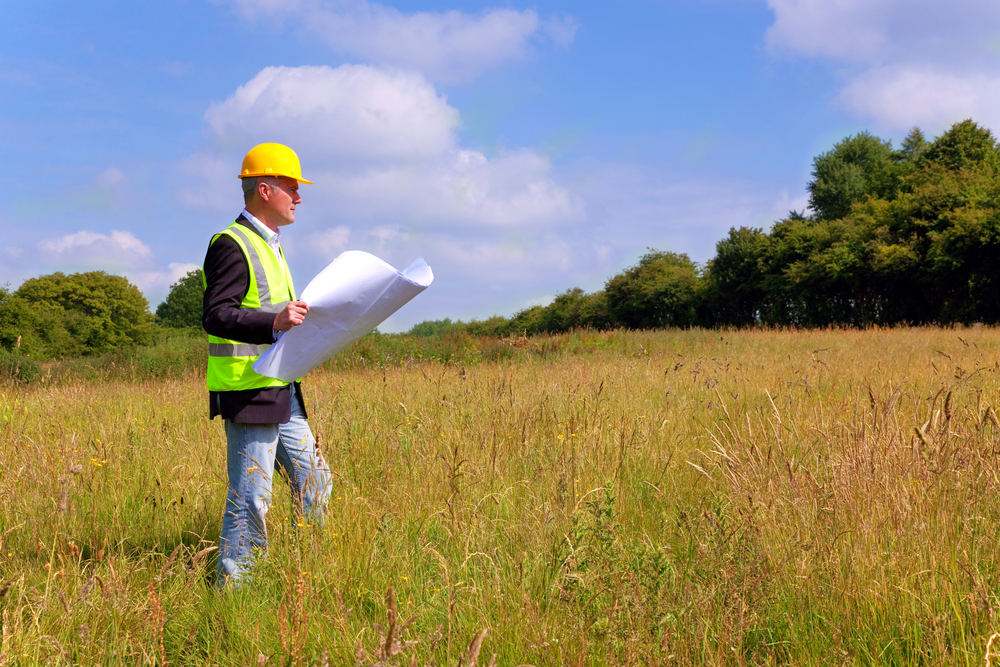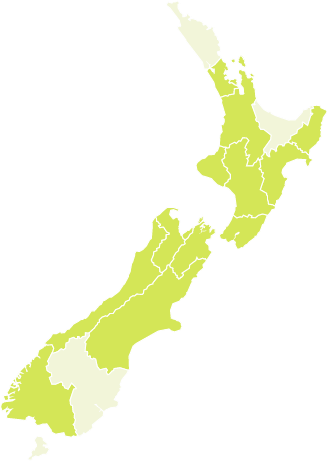The first step when building a new home is finding the land to build it on. And whilst finding a great location can be easy enough, not everything you need to know can be determined by just a mere glance.
Sure, factors such as size and location are important. After all, they can give you an immediate idea of the “feel” of a property. Considering you’re probably going to live there for some time, that’s incredibly important.
So before anything, you must take the time to really get a feel for the place. Ask yourself – “is there enough room for me to do everything I want here? Will I enjoy living in this area? Will this section fulfil not only my immediate building needs but also potential future ones?”
So when you’ve found a place that feels right and suits your needs size-wise, it’s go-time, right?
Not quite. See, there are quite a few caveats that can come with a plot of land – and many of them might not be visible to the naked eye.
Fortunately, however, all the information you need tends to be readily available – providing you know where to look. And if you don’t, it’s okay – because we do, and we’ve decided to share it with you.
Most of the key information you’ll need will come in the form of a few documents, usually obtainable from the local council (although this sometimes can incur a fee).
This may not be as exciting as you’d imagined detective work to be, but it’s super important nonetheless and will play a major (if not key) role in determining whether you’ve found the right place or not.
Land Information Memorandum
This one’s particularly important because it provides you with the low down of a section’s condition (and by extension, a section’s value and what you can do with it).
The information included here covers the stability of the section – which includes vital info such as flood risks, potential erosion issues and the location of the nearest sewage drains. It’ll also inform you of which zone the property falls into – which ultimately determines what you can and can’t do with the place.
District council plan
This will inform you of any restrictions pertaining to building height, protected trees, and the section’s boundaries.
Now those first two are pretty straightforward, but we actually recommend going a few steps further with regards to the boundary restrictions of your desired section. These are not always accurately detailed in the official council documents, and we’ve all heard about long time homeowners learning that their property is not quite as big as they’d initially thought.
So to avoid an unplanned downsize in the future, it may be wise to contact a surveyor to independently assess the boundaries of the land, if for no other reason than peace of mind.
Work with Trenz
Now, if you were looking for land with the express purpose of building a Trenz home on it, there’s a service we offer that might be of interest to you. Your local franchisees will happily complete a free site assessment and produce a high-level design through our innovative design software, and this can be done even before you purchase the land itself. You can then rest assured knowing that you’ll be able to do what you want to do with your new plot. We can also use the site visit to get an idea of what sort of home designs will be possible on your land.
If you’re thinking of purchasing land, then maybe we can interest you in affordable and customisable home-plans & connections to industry experts? Click here to learn more.








